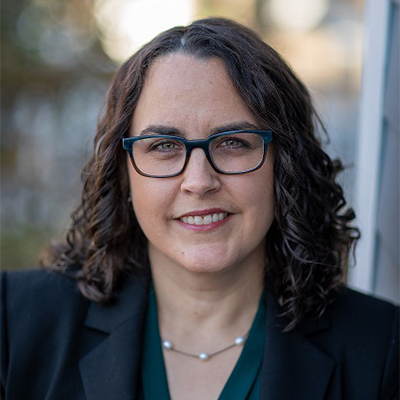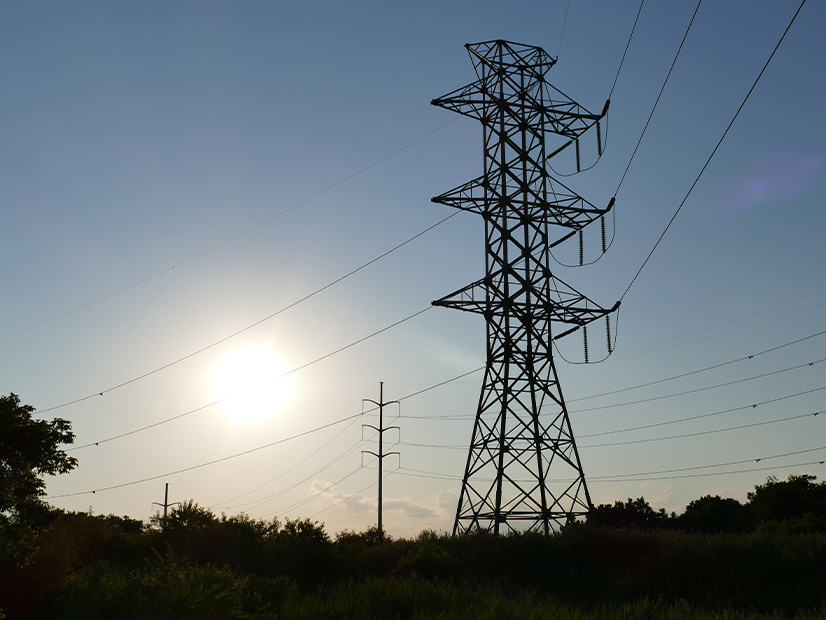By Christy Walsh, Natural Resources Defense Council
 Christy Walsh | NRDC
Christy Walsh | NRDCThe climate crisis is putting the electricity system at risk. Our aging grid is straining to handle the stronger storms, hotter heat waves, extended drought and extreme flooding many parts of the U.S. are already seeing.
With these increasing threats, grid operators will need to use all the tools they can — especially demand response, energy efficiency and imports from surrounding areas — to curb stress on the system and limit the threat of blackouts.
But as important as those actions are, they are not enough. Congress also must act now to invest in a clean, resilient and affordable power grid.
Given the climate crisis before us, the conclusion is clear: We must transition away from fossil fuels that contribute to climate change and invest in a grid that’s resilient to storms, high heat and flooding. A recent NRDC policy brief shows how legislation under consideration in Congress would enhance reliability by:
- expanding long-distance transmission lines;
- encouraging more solar and wind power, especially in energy justice communities;
- curbing energy demand through weatherization and energy efficiency programs;
- investing in communities where coal mines or fossil fuel plants are closing; and
- spurring the sale of electric vehicles, which can double as backup batteries for customers.
Fossil fuel defenders have been attempting to blame wind and solar for some of the strains to the grid we have seen this year, but that’s just ridiculous. As has been made clear time and time again, no single power source is perfect. Coal piles freeze, gas lines stop flowing, and nuclear plants shut down before a hurricane makes landfall.
Last year, natural gas supply issues caused 87% of outages in Texas during Winter Storm Uri. As this summer heats up, risks remain.
And it’s not just the heat and storms: A recent NERC assessment noted that stressed supply chains are crimping coal supplies.
Congressional action, coupled with decisions by states, public service commissions, grid operators, and federal regulators can spur renewables, energy efficiency, demand response, electric storage, and new transmission lines to get us the clean, reliable, resilient electrical system we need.
What we all should be able to agree on is that we need to invest in a larger power grid. The bigger, wider and more flexible the grid, the more able it will be to respond to whatever comes its way.
The right transmission and interconnection rules are key to creating a better grid for years and decades to come.
In the MISO area and in PJM, the grid serving the mid-Atlantic, thousands of solar and wind projects are ready to be built yet remain in limbo. Consider the more than 100,000 MW of clean energy in MISO just waiting to supply the grid. That’s more than half of total installed generating capacity in the MISO region. These and future additions can replace retiring fossil fuel generators. Even taking into account that some of this generation will not be built, getting these and future additions on line more quickly is vital to achieving a reliable energy transition and lowering energy costs.
We also need more high-voltage power lines that transport power from rural and offshore areas to cities and towns. Transmission is key to unlocking clean energy’s potential and ensuring lower energy prices and more reliable power. It also allows a regional grid struggling with extreme weather to import power from neighboring regions. According to a 2021 FERC-NERC report, importing power likely saved the residents of the Midwest and Great Plains from the disastrous consequences suffered by Texans during Winter Storm Uri.
We need to do it all. We need a system that can adapt and respond to whatever is thrown its way, while we move forward with the clean energy transition. In other words, we need to invest in transmission and other grid upgrades while enabling more clean energy to power our homes and businesses.
While states and grid operators have much to do in the short term, the single biggest thing we can do now is pass climate energy legislation under consideration in Congress. It would provide billions of dollars in incentives to transition to clean energy, while ensuring that the lights stay on when we need them most.
With the right investments now, we can build the future we want and need.
Christy Walsh is a senior attorney in the NRDC’s Climate & Clean Energy Program.
